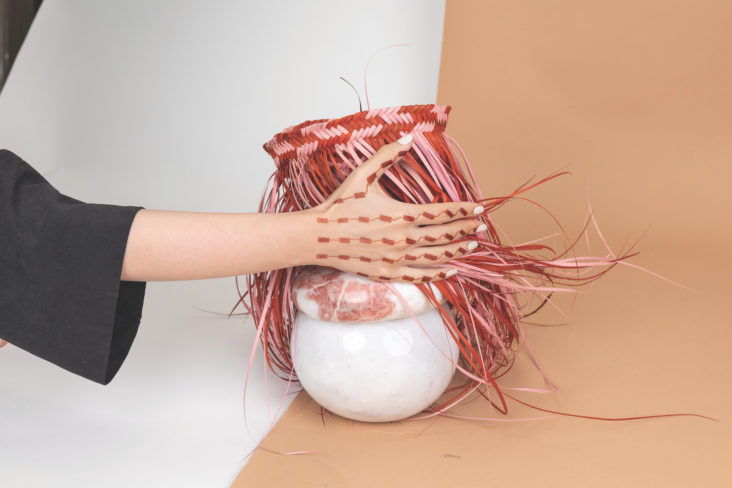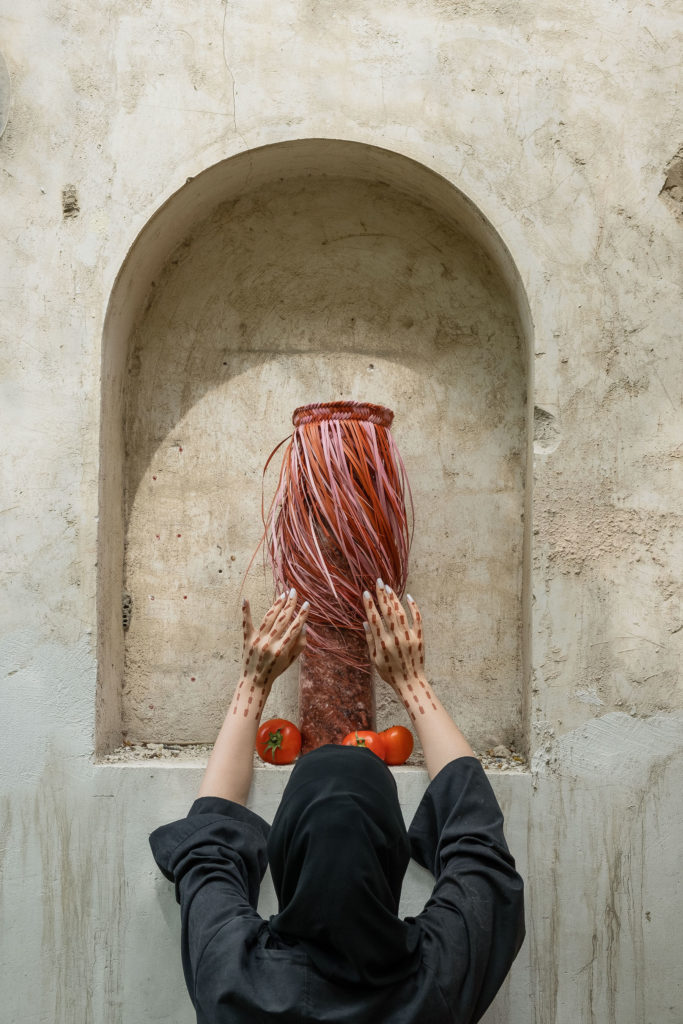Irthi Delves Into The Future Of Heritage Cultures At Expo 2020 Dubai

Irthi Contemporary Crafts Council (Irthi), an affiliate of UAE-based NAMA Women Advancement (NAMA), has explored the pivotal role of traditional crafts in nurturing cultural assets and social identities and contributing to the world’s collective heritage in the form of adorned textile and other craft forms, at a panel discussion co-hosted with French luxury Maison, Cartier, at the Women’s Pavilion byExpo 2020 Dubai in collaboration with Cartier
Offering the perspectives of artisans from different regions, the IRTHI X CARTIER ‘The Future of Heritage Cultures’ session organised on recently, highlighted the significant role of crafts practitioners in curating current and future cultures and social structures through their direct and indirect effect on the identities of communities.
The four-member panel also discussed technological integration in the handicrafts industry and explored solutions vital to ensuring the survival and transmission of their respective heritages.
Moderated by Farah Nasri, Acting Manager, Curation & Design at Irthi, Head & focal point for Sharjah UNESCO Creative City of Crafts & Folk Arts, members on the panel included Alexa Abitbol, Director, Ateliers Haute Joaillerie, Cartier; Faysal Tabbarah, Associate Dean and Associate Professor of Architecture at the American University of Sharjah and co-founder of design studio Architecture + Other Things (A+OT); Meherunnisa Asad, Artistic director of Pakistan-based artistic collective Lél; and Abdalla Al Mulla, UAE-based architect and Founder of design studio, MULA.
Tradition over technology
Outlining how design and craftsmanship have been central to Cartier’slong legacy of cultural transformation, Alexa Abitbol, Director, Ateliers Haute Joaillerie, Cartier, said: “Crafts is in our DNA and is a vital pillar of our brand. Our craftsmen continue to use traditional tools and techniques – sometimes dating to centuries – to create exceptional timeless pieces. Technology has not fundamentally changed how a jewellery workshop functions; it only offers a supportive role and is just one element of the continuity of crafts development.”
“The handcrafted technique gives soul to our jewels which evokes strong emotions,” she added, describing how Cartier’svision of preservation of crafts heritage led it to establish an institute to equip future generations with traditional skills and help develop innovative methods and techniques.
Power of craft in shaping perceptions
Describing the work done by its Afghan refugee craftsmen to preserve and reinterpret the artistic tradition of pietra dura – a 16th century handcrafted stone inlay technique – as an excellent example of tangible and intangible heritage that crosses over national borders, Meherunnisa Asad, Artistic director of Lél, said: “Our artisansare not only preserving this art form but reinterpreting and innovating within the medium and developing signature techniques that bring together different practices from across the globe to enhance the craft. We see this act of preservation as a healing mechanism,and it reinforces craft’s power to shape perceptions and replace an identity that is being lost to war and conflict.”
Discussing Lél’s previous collaboration with Irthi’sBidwa artisans, MeherunnisaAsad said: “This cross-cultural exchange of knowledge infused fresh perspective and fresh energy and helped push boundaries with the exploration of new techniques and materials.”
Craft as a cultural marker
Drawing on the UAE experience, Abdalla Al Mulla – the designer behind Irthi’s Safeefah x Clay, Creative Dialogue Collection, discussed how landscapes influence communities and how this impacts the crafts that these communities create. He said: “The UAE has a diversity of ecosystems and there is a strong connection between the landscapes and the crafts made within these ecosystems. For instance, people in the mountains engaged in clay-based craft and those near the coast are associated with pearl creations while those in the desertshave traditionally developed textile crafts. The products they created thus reflected the society in these terrains.”
Adding that designers are turning to culture and craft to create new products given the rising preference for handmade, he added: “Finding the right balance that globalisation offers in terms of accessibility to new cultures with mass production and retaining the essence of a traditional skill is essential to keep our crafts culture alive.”
Sustainability of heritage
Discussing the sustainability of heritage,Faysal Tabbarah, Associate Dean at the American University of Sharjah, said that mining the archives for information embedded in crafts practices and harnessing data in regenerative design was essential to develop a contemporary practice and ensure its continuity.
He added: “There must be an integration of crafts education in design schools, to make learners familiar with challenges of craft techniques and skills to facilitate the creation of sustainable designs.”
Crafts collaboration exhibition
On the sidelines, an exhibition was also curated to showcase Irthi’s handcrafted collection of uniquely designed yet functional objects that highlight its efforts in safeguarding the region’s crafts legacy.
Six products from Irthi’s Thaya Collection Drop – created in collaboration Emirati designers and Lélfrom Pakistan – offered a contemporary interpretation of Safeefah (weaved palm fronds)homeware items traditionally found in Emirati homes.Infusing colour, material, and pattern with exquisite design, the sculptural pieces including a Safeefah basket with leather base and a stacked stone and Safeefah Vase are pushing the boundaries of the Emirati Safeefah weaving heritage.




